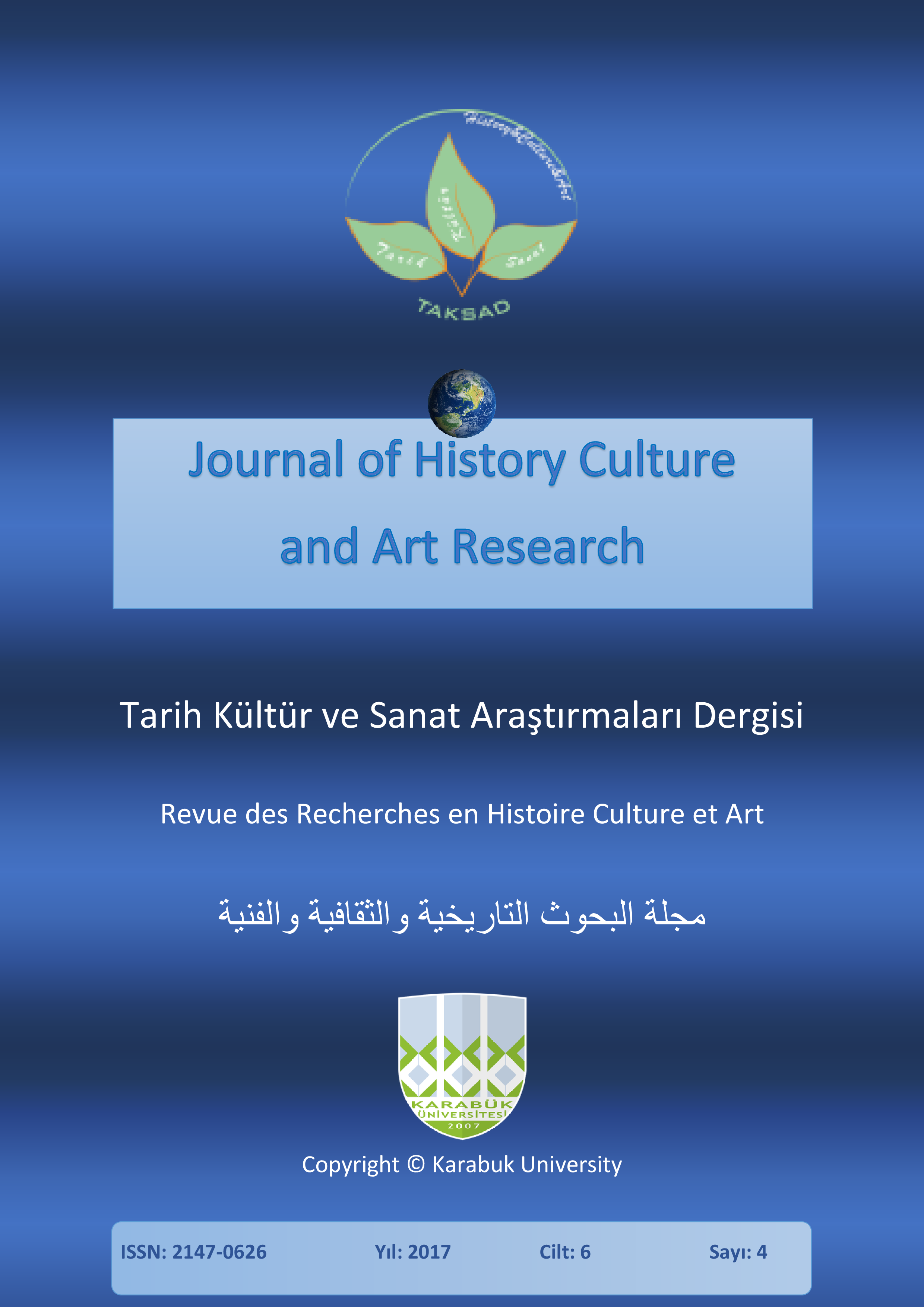Methods of Modality Transmission within Intercultural Communication
DOI:
https://doi.org/10.7596/taksad.v6i4.1147Keywords:
Linguistics, Education, Category of modality, Bilingual translation, Student, Modal values, Adequacy of translation, Intercultural communication.Abstract
The main idea of the research is the specifics of modality expression in English compared with the Russian language. Therefore, this analysis helps us not only to understand the nature of modality, but also the ways of its expression. For this purpose, the study benefits from comparative analysis methodology. The analysis of similarities and differences in the category of modality in English and Russian languages, translation techniques of modal meanings are investigated in the article. The article contributes to the expansion and deepening of modality linguistic concepts. Materials of the article can be useful in practice of teaching English, especially on the practical classes in translation and in further development of theoretical issues of language modality.
References
Belyaeva, E. I. (1987). Communicative situation and speech act of a request in the English language. Foreign languages in school, 1, 6-9.
Belyaeva, E. I. (1992). Grammar and motivation pragmatics: the English language. Voronezh: VGU.
Fahrutdinova, A. V. & Marsheva, T. V. (2015). Modern approaches to understand communicative strategy, Ufa, 6(2), 185-188.
Gali, G. F. & Shakhnina, I. Z. (2015). The world of the professions connected with use of English and role of the English language in the modern world. Foreign languages in the modern world: a state and tendencies of development of estimation system in education: collection of articles VIII of the International scientific and practical conference, pp.162-166. Kazan.
Galperin, I. R. (1980). Linguo-stylistics (Eds.) Innovations in the international Linguistics, 9. Moscow: Progress.
Maugham, W. S. (1985). The Creative Impulse. Translated into English by M. Loriye. The chosen works in 2 volumes; V. 2., originator V. Skorodenko. Moscow: Raduga.
Maugham, W. S. (2000). The Creative Impulse. Selected Short Stories: the collection into English language; originator N.A. Samuelyan (4th ed.). Moscow: Manager.
Muller, M.; Sapir, E.; Whorf, B. & Wittgenstein, L. (2003). Languages as an image of the world. Moscow: AST, Terra Fantastica.
Nemets, G. P. (1989). Semantic-syntactical ways of modality expression in the Russian language. Rostov-on-Don.
Retsker, Ya. I. (2007). Translation theory and translation practice. Sketches of a linguistic translation theory (3rd ed.). Moscow: Valent.
Russia under pressure [digital resource] (2008a). Retrieved from: http://www.guardian.co.uk.
Russia under pressure [digital resource] (2008b). Retrieved from: http://inosmi.ru.
Shmeleva, T. V. (1984). Notional organization of a sentence and a problem of modality. Actual problems of Russian syntax, pp. 78-100. Moscow: Moscow state university.
Swan, M. (1995). Practical English usage (2nd ed.). Oxford: Oxford University Press.
Viney, J. P. & Darbelnet, J. (1995). Comparative Stylistics of French and English: A Methodology for Translation. Amsterdam.
Vinogradov, V. V. (1960). Grammar of the Russian language. (Vol. 2, Syntax part 2). Moscow: Academy of Sciences of the USSR.
Why America Isn't working [digital resource]. – 2010a. – 1 September. –Access mode: http://www.project-syndicate.org.
Why America Isn't working [digital resource]. – 2010b. – 2 сентября. –Access mode: http://inosmi.ru.
Downloads
Published
How to Cite
Issue
Section
License
All papers licensed under Creative Commons 4.0 CC-BY.- Share — copy and redistribute the material in any medium or format
- Adapt — remix, transform, and build upon the material for any purpose, even commercially.
Under the following terms:
Attribution — You must give appropriate credit, provide a link to the license, and indicate if changes were made. You may do so in any reasonable manner, but not in any way that suggests the licensor endorses you or your use.
- No additional restrictions — You may not apply legal terms or technological measures that legally restrict others from doing anything the license permits.







